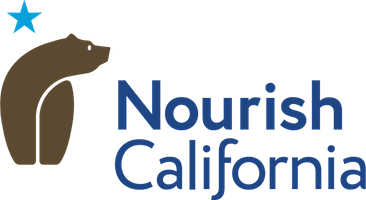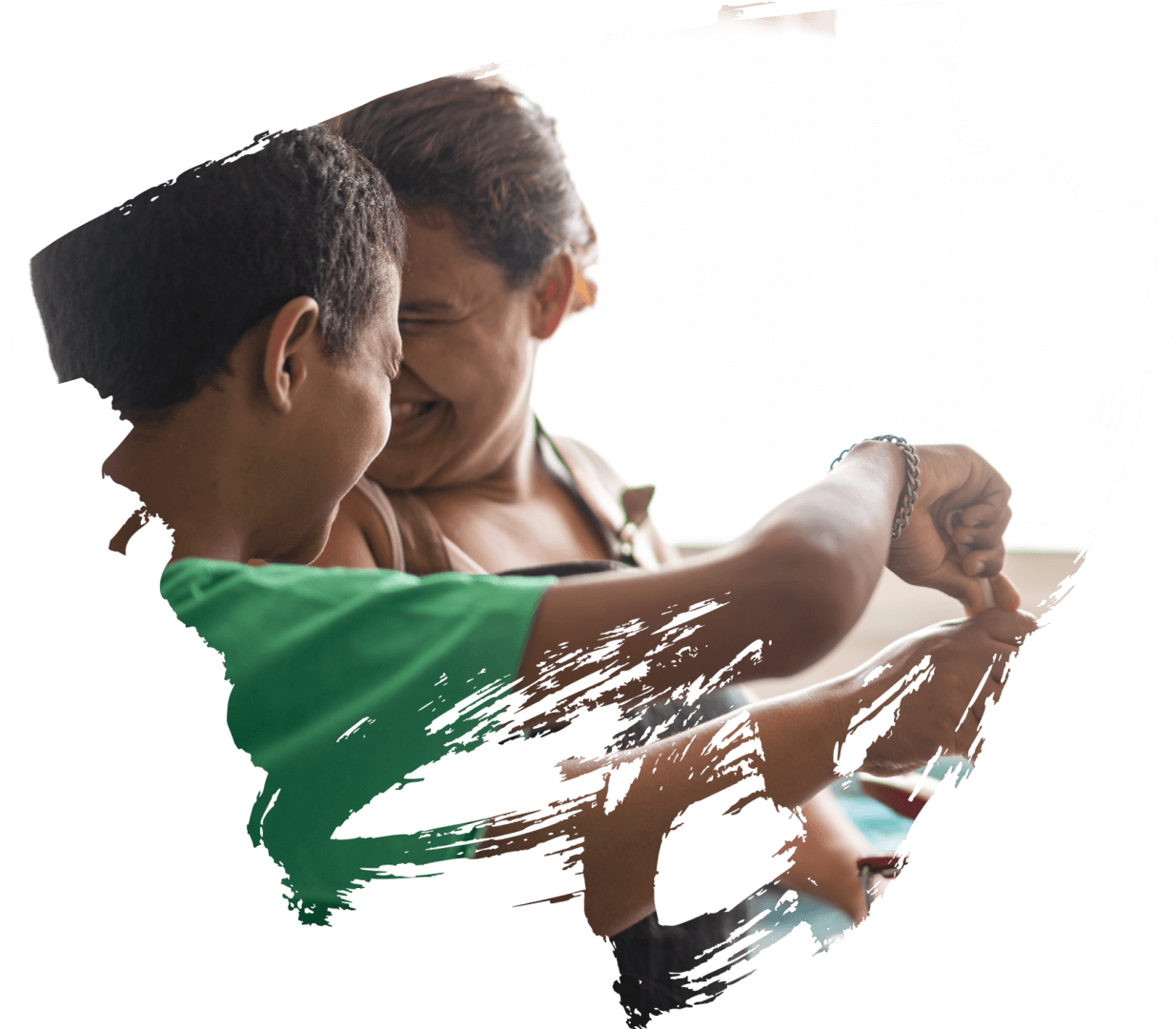Innovative WIC Information Pilot
![]()
For many years, Nourish California has been working on expanding the use of health information to remove barriers to nutrition program enrollment. Prior to her departure to work for the Food and Nutrition Service, Melissa Cannon initiated a project to pilot test the use of health information to support enrollment in the Women, Infants, and Children (WIC) program. Upon Melissa's departure, we engaged the former head of California's WIC Program, Linnea Sallack, to advise on the continuation of the project. Thanks to support from the David and Lucille Packard Foundation and the creative work of the partners described below, we now have some innovative approaches worthy of discussion and replication.
Project Goals
-
Increase referrals to WIC from healthcare providers
-
Make WIC enrollment and ongoing participation easier for families
-
Improve communication and care coordination between WIC and healthcare providers
Project Partners
Project Planning
From February through June of 2022, the project partners participated in a series of eight planning meetings to discuss:
- The current approaches used for referrals to WIC,
- The WIC processes and information needed for program enrollment,
- The information collected by SCHIO and available in the HIE,
- Opportunities for improving the referral process and streamlining WIC enrollment for eligible patients,
- Data privacy and confidentiality policies and processes.
Interpretation of HIPAA
The Santa Cruz Health Information Organization (SCHIO) shared an interpretation of the Health Information Portability and Accountability Act (HIPAA) from the U.S. Department of Health and Human Services (DHHS) that permits healthcare providers to share protected health information (PHI) to non-HIPAA-covered entities for treatment purposes.
When healthcare providers refer patients for WIC services as part of a treatment/care plan, they may disclose the minimum PHI necessary for WIC to provide the services, e.g., measurements, lab values for hemoglobin/hematocrit, confirmation of pregnancy, etc. When the necessary PHI is in the patient’s records in an HIE, WIC may access the information for patients referred by providers.
WIC Data and Confidentiality Requirements
Data privacy and confidentiality requirements for individuals enrolled in WIC were also reviewed. Federal WIC regulations developed by the U.S. Department of Agriculture authorize WIC programs to disclose information about an individual’s participation in WIC when the individual agrees to release that information by signing a statement specifying who will receive the information. (See: 7 CFR Part 246.26).
While Community Bridges WIC has a form for obtaining permission to share information, participants are not routinely asked to sign it, especially during the pandemic when many WIC appointments are being done remotely rather than in-person. For the first phase of the project, the team focused on a new approach for healthcare providers to send referrals to WIC and for WIC to access the information necessary to enroll the patients referred. WIC communication back to the healthcare provider to “close the loop” on the referral will be a future phase.
The Development of a Model
The partners developed a use case "model" for healthcare providers to place electronic WIC referrals and for WIC staff to access patient information in the HIE needed for program enrollment. Salud was approached as the first healthcare provider to pilot a new approach for making WIC referrals and agreed to meet with the other partners to discuss logistics.
Salud suggested using Unite Us as the platform for making electronic referrals to WIC. Unite Us is a community information exchange platform used by health and social care providers to communicate and track outcomes with a shared goal to improve health. Unite Us is being rolled out in Santa Cruz County as a tool to connect individuals and families with an array of health and community resources. Since Salud staff had been onboarded to Unite Us earlier in 2022, they were comfortable using it and suggested it would be easier to add WIC as a referral source in Unite Us than to set up a new electronic referral process. The project partners agreed with this recommendation and Unite Us joined the team to support the project.
Agreements
Prior to implementing the pilot, Community Bridges WIC signed three agreements, including:
- Business Associate Agreement with SCHIO
- Business Associate Agreement with Salud
- Partner agreement with Unite Us
Community Bridges WIC also paid a $500 fee to join SCHIO. An annual fee of $500 will be paid to continue the partnership in the future.
The pilot’s first step was WIC staff training starting on June of 2022. The team will evaluate and make process improvements during the pilot as they gain experience and then they will determine if and how to integrate these new processes into ongoing WIC operations.
Project Implementation
SCHIO set up a WIC view of information in patient records. The view shares patient demographic information, including MediCal enrollment history, and data from clinic visits including patient height and weight measurements, immunizations, select diagnosis codes, medications, and medical encounters. Results for laboratory tests for hematocrit, hemoglobin, and blood lead were added to the WIC view in a second phase.
Since the implementation of Unite Us was already underway in Santa Cruz County, and they were eager to include WIC, no special setup was needed for this platform. Unite Us simply added Community Bridges WIC as a resource available in the food assistance category.
With assistance from project team members, the Community Bridges WIC Director drafted a preliminary plan for processing referrals and using the HIE for WIC certification. WIC participated in three training sessions to onboard staff to Unite Us and the HIE. During the first session, Salud staff demonstrated how they place referrals in Unite Us and used the platform to refer a patient to WIC. The second session was conducted by a Unite Us representative who reviewed the features of the platform and assisted WIC staff in viewing the referral placed by Salud. SCHIO conducted the third session to show WIC staff how to search for patient records and to review the patient information available to them.
Following the training sessions, the WIC Director tuned the approach for processing referrals by identifying a staff member to retrieve and follow up on referrals in Unite Us. The designated staff member first checks to determine if the referred individual (or a family member) is already enrolled in WIC and contacts those that are not receiving WIC to schedule a certification appointment. At the time of the certification appointment, WIC staff can log on to the HIE to view demographic and clinical information and enter the relevant data into WIC WISE to complete the certification. WIC staff have access to view information necessary to complete their role in the certification process. The WIC Director determines the information needed by staff in different roles and SCHIO sets up user accounts accordingly. Some staff can view only demographic information and MediCal history used to establish adjunctive income eligibility and document that the patient resides in Santa Cruz County. Other staff can view health information used for nutrition assessment and participant education, e.g., measurements and blood test values. In a future phase, Registered Dietitians and Lactation Consultants may access additional information such as medications and medical encounters for providing nutrition and breastfeeding counseling for participants with medical conditions or special needs. Processes for using the Unite Us and HIE platforms and staff access to information will evolve during the pilot period.
Project Results to Date
The pilot launched at the end of June when Community Bridges WIC began receiving referrals through Unite Us. To date, WIC is receiving 5-6 referrals each week through Unite Us. Most of the referred patients are pregnant and not yet enrolled in WIC. Some of them have children who are participating in WIC or that are eligible to be enrolled. For some of the referrals placed by Santa Cruz Community Health, WIC referral forms with measurements and hematocrit/hemoglobin values have been uploaded in Unite Us.



